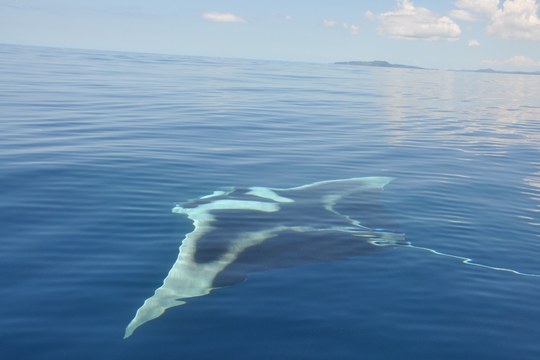- Home
- Master
- Admission Apri sottomenù
- Useful dates
- Teaching team
-
Program
Apri sottomenù
- Calendar
- Biology of large marine vertebrates
- Physiology of large marine vertebrates
- Anatomy of large marine vertebrates
- Statistics
- Monitoring of large marine vertebrates
- Conservation, education, and communication
- Risk and health management of large marine vertebrates under human care
- Pharmacology and Toxicology
- Diseases of large marine vertebrates
- Management of strandings
- International legislation on large marine vertebrates
- Ethology and behaviour of large marine vertebrates
- Welfare of large marine vertebrates
- Pathology of large marine vertebrates
- Seminar on "Scientific writing"
- Internship
- Agenda
- Contacts
- Accomodation Apri sottomenù
- PLACES OF TEACHING
- Field trip to Roatan (Honduras)
- Master final work

Physiology of large marine vertebrates
Program
3 CFU (36 hours)
Physiology of Elasmobranchs and Sea turtles
Water balance, osmotic and ionic adaptations in elasmobranchs. The gills as an osmoregulatory organ. The salt glands. Excretion of nitrogenous waste.
Locomotion and buoyancy in elasmobranchs.
Perception of the environment in elasmobranchs. Lateral line and auditory systems. Electroreception and tuberous organs. Chemoreceptors. Photoreceptors.
Orientation and Navigation in Elasmobranch: role of electro- and magneto-reception.
The heart and the vascular system: general architecture, functional characteristics, intrinsic and neurohumoral modulation.
The gills: gas exchange and blood perfusion.
Physiology of marine mammals
Objectives of the course: the aim of the teaching unit is that the student could understand basis of cetacean physiology to link with other teaching units. The main apparatuses will be studied, and the students will have the essential elements to understand cetaceans’ peculiarity and their adaptation to aquatic life.
The topics covered by the course will be:
- Course introduction, exposition of the objectives and bibliographic material.
- General physiology of the cell: membrane, nucleus, cytoplasm and its contents
- Basis of animal metabolism: energetic fuel; basal metabolism; activity metabolism; thermoregulation.
- Notes on mammalian cardio-vascular physiology; adaptation to aquatic environment and to immersion in cetaceans.
- Notes on mammalian respiratory physiology; adaptation to aquatic environment and to immersion in cetaceans.
- Movements in water: adaptations and peculiarity.
- Physiology of reproduction in mammalians: adaptations and reproductive strategies
- Physiology of reproduction in the male and female cetaceans; neuroendocrine control of reproduction.
- Sound production; earing; echolocation.
- Food supply: strategies and adaptation to aquatic life. Digestion in cetaceans
- Physiology of the excretion in mammals and adaptation in cetaceans
- Hormones: secretion and functions